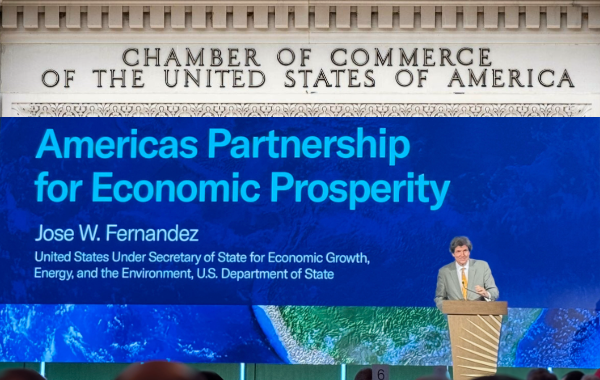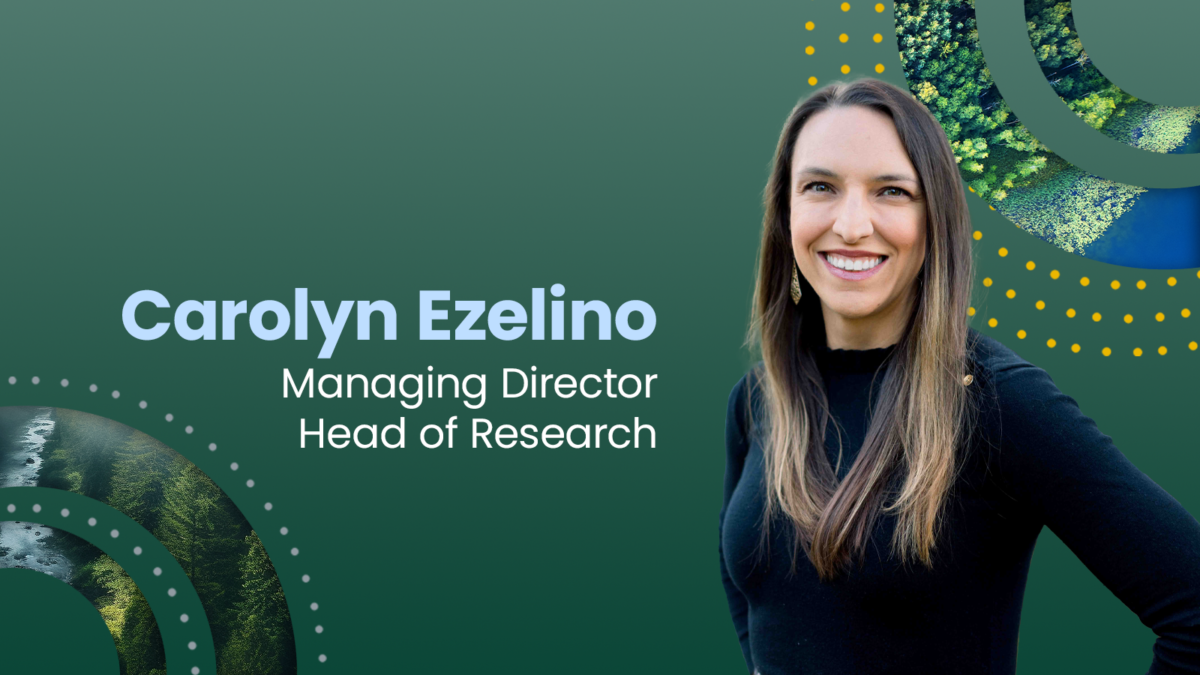The Guardian, By Clare Leschin-Hoar
November 29, 2013
Martin Reed has been selling sustainably-sourced seafood over the internet since 2010, but until recently he had never tried to sell investors on Blue Sea Labs, his San Francisco-based startup.
This year, though, Reed decided to expand his company, which sells wild salmon, oysters and crabs on its ilovebluesea website. Reed had never pitched venture capital investors before, so when he caught wind of Fish 2.0, the first-ever sustainable seafood business competition, the 31-year-old entrepreneur jumped at the chance to participate. Months spent developing a business plan and number crunching paid off, and Reed the netted the $40,000 grand prize.
The Fish 2.0 contest brought more than 100 investors and seafood entrepreneurs to a two-day event at Stanford University earlier this month. That, in and of itself, is noteworthy. Unlike many biotech and software entrepreneurs, people who start seafood companies generally don’t have relationships with venture capitalists.Click here
The contest was the brainchild of Monica Jain, executive director of Manta Consulting, which advises philanthropists, companies and non-profits on social and environmental issues. Jain, a marine biologist with an MBA from Wharton, had long been interested in fisheries and finance, but noticed the two paths never crossed.
“There are a lot of barriers for investors,” Jain said. Knowledge of the complicated and often-fragmented seafood industry was high on the list.
Conversely, people in the seafood industry often didn’t know how to speak the language of venture capitalists or so-called impact investors, who are seeking environmental or social returns as well as financial payback.
Jain designed Fish 2.0 to help bridge those gaps. Last spring, more than 80 entrepreneurs entered the nearly year-long competition. During the three phases leading up to the final presentations, competitors were paired with investor-advisors who helped them sharpen their business plans and strengthen their pitches.
Reed, for example, wants his Blue Sea Lab to partner with a large technology company that will enable him to capture fishermen’s catch data in real time. That would allow him to sell the seafood hauled aboard long before the ship returns to the dock.
“At the beginning, we were pitching on why our company was a great investment,” said Reed. “But our advisor suggested tailoring our presentation for impact investors and suggested we talk about the environmental and social impacts instead. To explain how our business model helps fishermen earn more money because consumers buy directly from the source. And that the transparency of the supply chain and the benefits of buying sustainable fish are benefit customers.”
Coaching from an advisor also helped Reed persuade the judges that his idea wasn’t just solid, but that it was scalable, and that nothing like it existed in the seafood sector. As a result, Reid not only scored the grand prize, but he is now talking with several impact investors who saw his presentation at the competition finals.
Second place winner Dmitry Kozachenok operates a business called Cryoocyte, which is developing a novel technology to freeze fish eggs, allowing fish farms to produce at full capacity year-round.
“The process and the questionnaires we had to go through at Fish 2.0 enforced a crystalized level of thinking and produced high density content,” said Kozachenok.
For impact investors who say it’s rare to see more than a few seafood deals a year, the contest was a bonanza of opportunities.
“Investors speak a certain language which is different than the one the fishery community speaks,” said Margot Kane, director of strategic initiatives at Calvert Foundation and a competition judge.
“Fish 2.0 presented the ideas in a manner consistent with how investors think about the world – which means those businesses can now raise more funding than they would have without the competition,” she said.
New investment dollars have the potential to ripple through the seafood industry at a time when it’s facing serious environmental concerns, including ocean acidification, warming water temperatures, and even wild fisheries that suddenly vanish without warning, which might leave you scratching your head. With such serious hurdles, why would anyone seek out investment in the seafood industry now?
“The first question an investor asks is what pain point are you solving,” Jain said. “There are a lot of good points in this industry. But where there are problems, there’s the opportunity for investment to solve those problems.”
Impact investor Julia Sze, managing director of Sonen Capital, who also attended the competition, agreed.
“I think it’s the same reason people are throwing money into renewable energy. The threat is clear. If we don’t find solutions now, we could be past the tipping point. There’s an urgency to finding solutions. Government policy makers aren’t doing enough, and private capital seems necessary,” she said.
“The biggest source of capital globally is investment capital. Even a 5% move is billions of dollars that can affect change,” Sze said.
Not all the problem-solving at Fish 2.0 is focused on ocean issues. Third place winner Ho’oulu Pacific is tackling obesity and nutritional challenges in low-income communities with its backyard aquaponic systems that grow both tilapia and vegetables, such as leafy greens and cucumbers.
The year-and-a-half old company has 70 units in place, and hopes to develop bigger units that produce more food.
“We’ve been able to raise $300,000, but it’s a totally different animal to go on the ground and engage impact investors,” co-founder David Walfish said.
The $10,000 third prize is a nice financial bump, but Walfish says the competition netted something even better.
“We have an investor visiting next week that we’ll take around, and we’re now in contact with several foundations that approached us at Fish 2.0. We definitely expect it to pay off in the future,” he said.
Clare Leschin-Hoar is a California-based freelance writer covering seafood, sustainability and food politics
See the full article on The Guardian.


